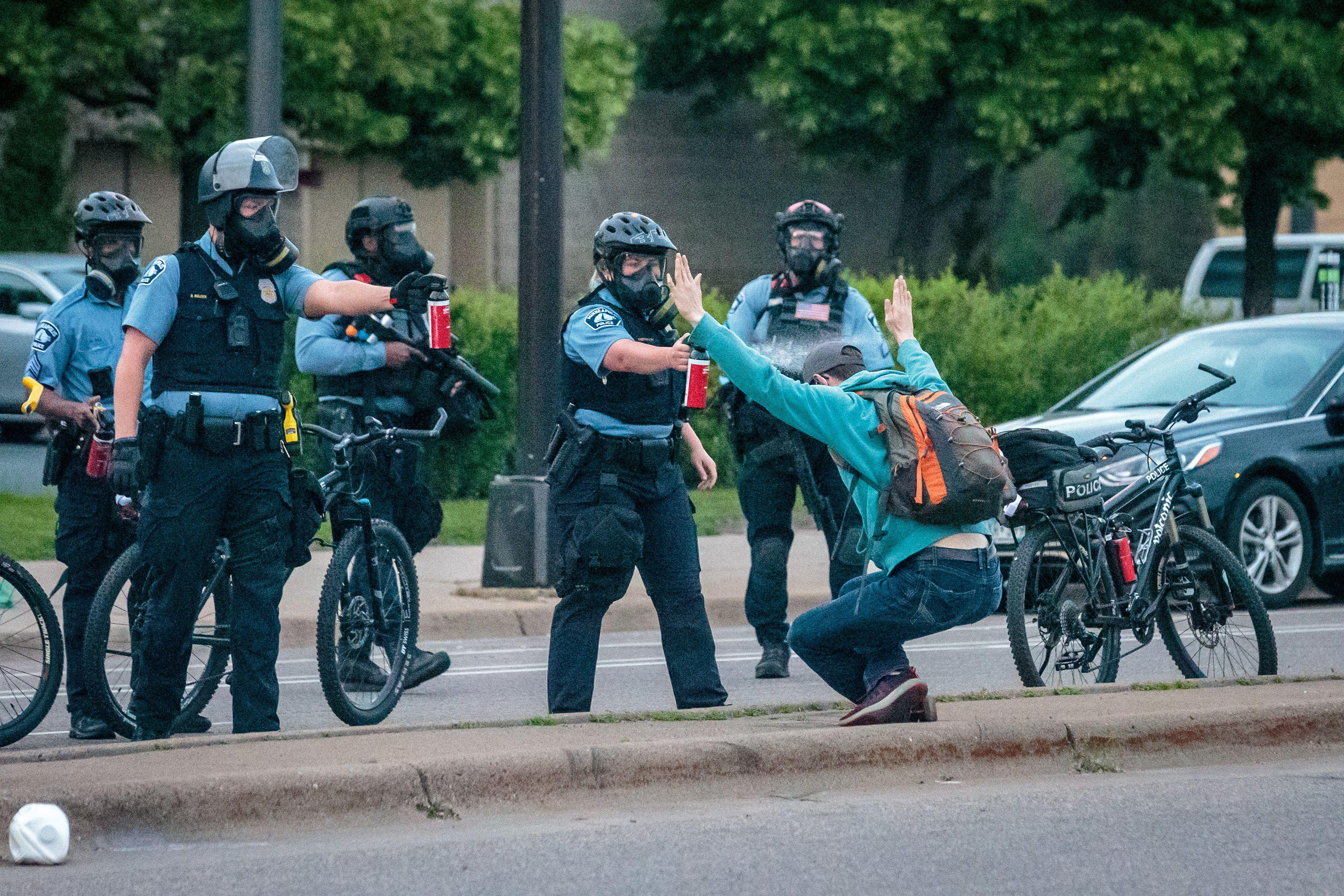Police officers around the country have been responding with violence as demonstrators gather to protest the killing of George Floyd. Much of this violence has been caught on video and has been instrumental in pushing authorities to hold officers accountable. In Buffalo, New York, for example, two police officers were charged after video went viral of officers shoving a 75-year-old protester to the ground. In New York City, two police officers were suspended for violence that was caught on video: an officer violently pushing a woman to the ground and another pulling a protester’s face mask down before blasting pepper spray. The sheer volume of material coming out of the demonstrations, though, makes it difficult to keep track, so two activists decided to start compiling the clips into a handy spreadsheet that is available online.
Lawyer T. Greg Doucette and mathematician Jason Miller have been working to compile the videos in the Google Sheet titled “GeorgeFloyd Protest - police brutality videos on Twitter.” The database currently has 428 videos. Doucette started the effort as a Twitter thread. Miller saw that and realized it was going to be long and unwieldy so he wanted to create a way for people to easily access and sort the videos. For those who aren’t obsessively scrolling through their timelines all day, the spreadsheet can help easily locate videos of police violence in their area because they can be sorted by city and state. The activists have also created a Google Drive with backups of all the videos.
Having all video evidence of police violence documented in one place helps counter the argument that these are just isolated incidents. “When they’re shared as one-offs, you see a familiar pattern,” Doucette tells Vice. “The victim ‘was no angel’ or ‘wasn’t perfect’ or ‘just should have complied,’ and the officer is ‘just one bad apple,’ or ‘we shouldn’t rush to judgment,’ or ‘you don’t know what happened before the video started rolling.’ ”
